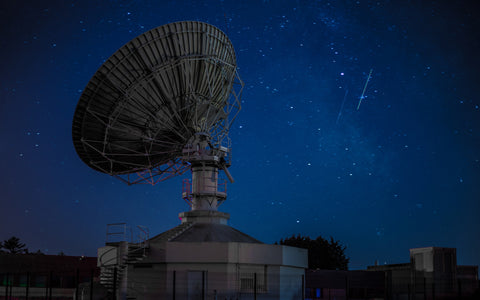On July 23, 2015, scientists confirmed the existence of the first Earth-like planet to ever be discovered in our vast universe. This planet is called Kepler 186f and is the cause of some commotion since its discovery gives us hope for finding more Earth-like planets orbiting a Sun-like star. In other words, scientists consider this a significant step towards finding more worlds similar to our own. Kepler 186f is located in a “habitable zone” which means it is orbiting its sun at a distance where liquid water might be able to pool on the surface of the planet. This does not, however, confirm that the planet is inhabitable. There is still a lot to learn about the planet in terms of its atmosphere and surface temperature.
We do know that the Sun Kepler 186f orbits is a Red Dwarf star. Red Dwarfs make up 70% of the stars in our milky way and are cooler than other stars. This means they are also far dimmer than our sun. On Kepler 186f, high noon looks a lot like an hour before sunset here on Earth. As Kepler orbits its sun, it receives about one third of the energy we receive from our sun and it completes a full orbit in about 130 Earth days.
Kepler 186f was discovered in the Kepler 186f system, which is about 500 light years away from Earth, in a constellation called Cygnus. Additionally, Kepler is about 10% larger than our Earth, making it more of an Earth cousin than an Earth twin. The other planets in orbit with Kepler 186f are four smaller planets orbiting at much faster speeds, making them too hot to be considered an Earth-like twin.
Kepler 186f was discovered using NASA’s Kepler Space Telescope. This telescope was recently retired in Early November of 2018. It was given its final commands to shut down its operations and eventually ran out of fuel. It now drifts 94 million miles away, safely orbiting the sun. Coincidentally, the telescope’s retirement came 388 years after the death of its namesake, Johannes Kepler.
Kepler was a German astronomer and was famous for his work with planetary motion. Today, the work of the Kepler Space Telescope is being carried out by the Transitioning Exoplanet Survey Satellite and the James Webb Space Telescope. They will be examining rocky exoplanets to discover their composition and atmospheric conditions.
The image is an artist’s rendition of what Kepler 186f could look like, with the help of NASA scientist’s collaboration.
Image credit: NASA Ames/JPL-Caltech/T. Pyle






